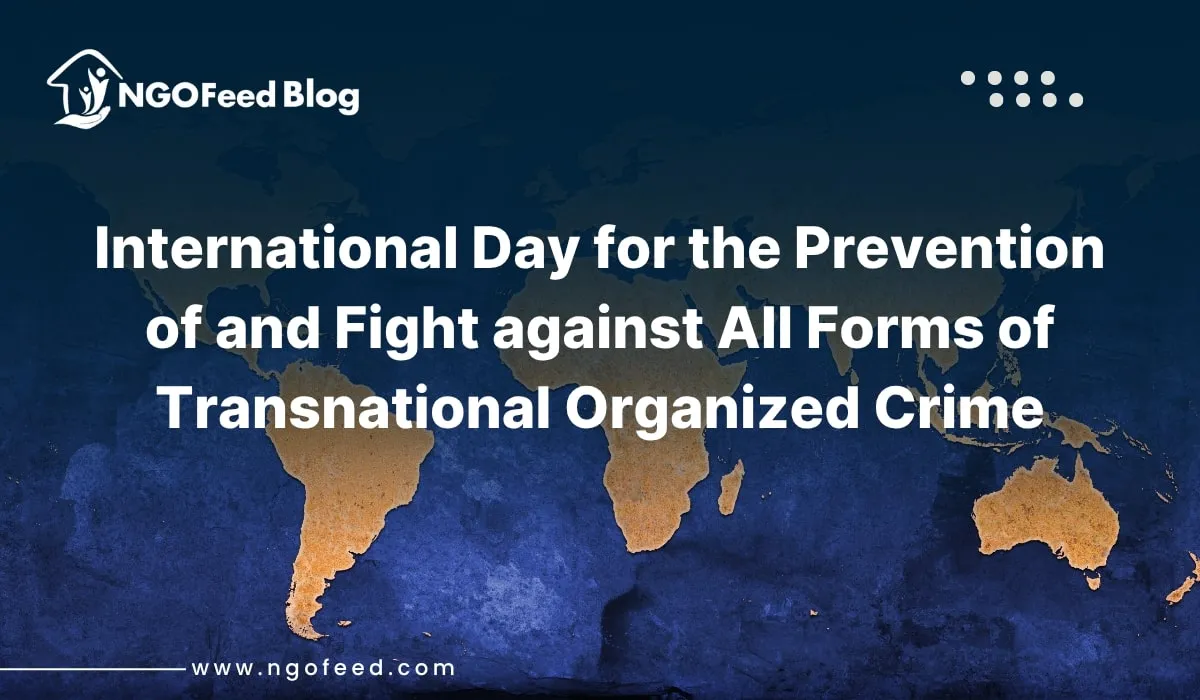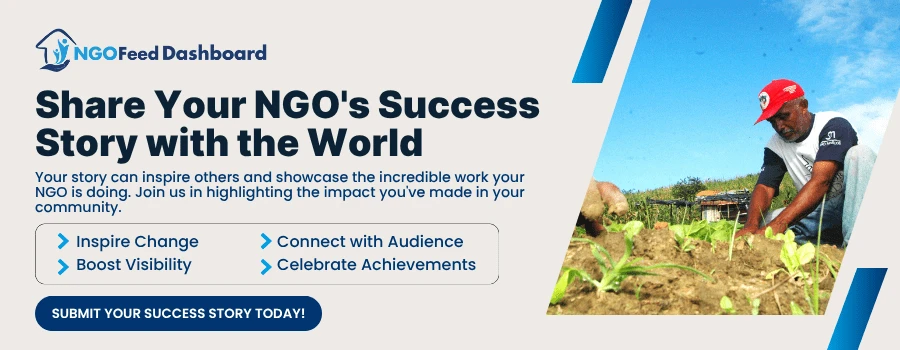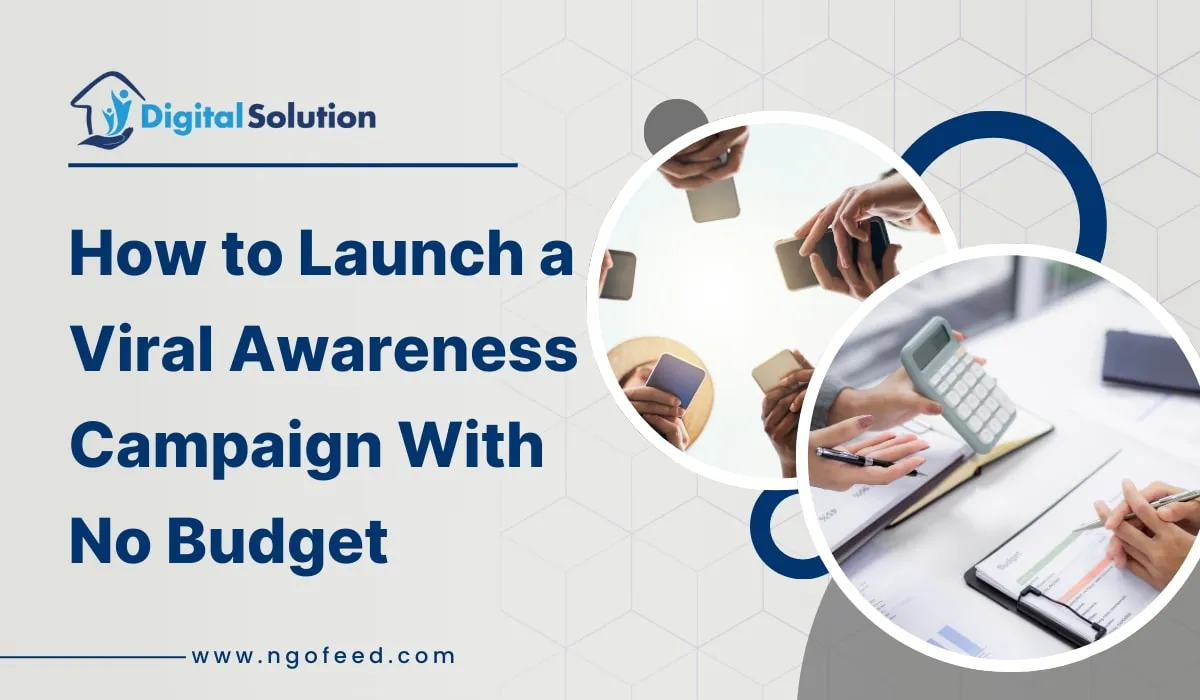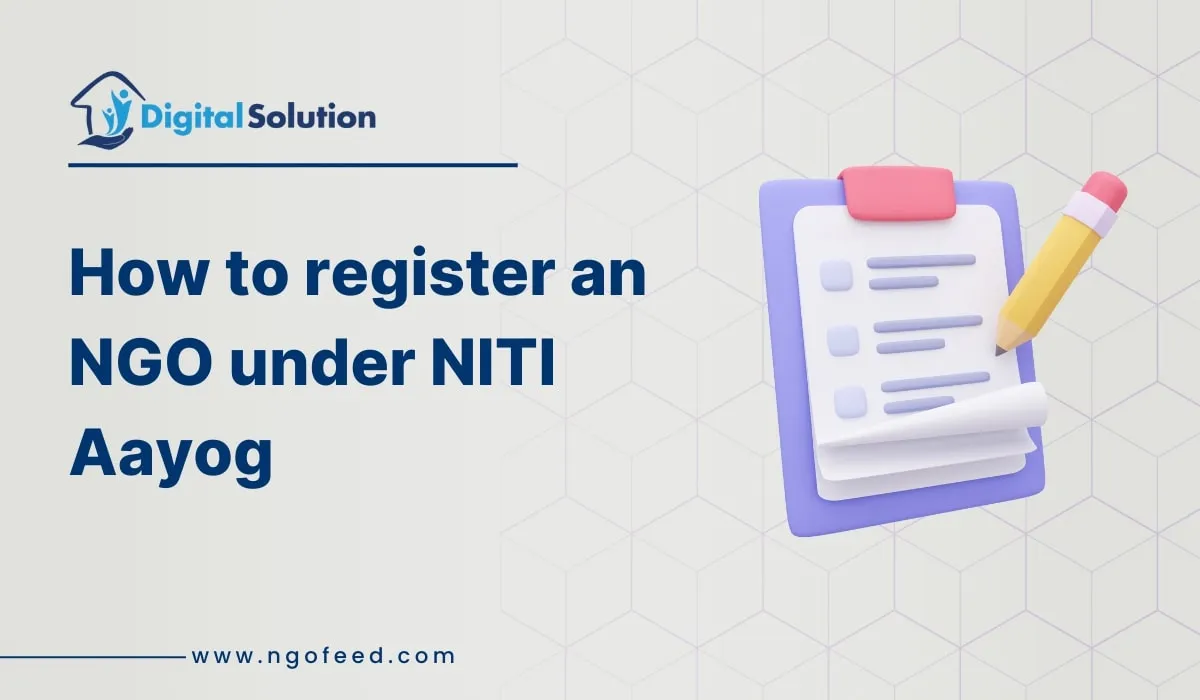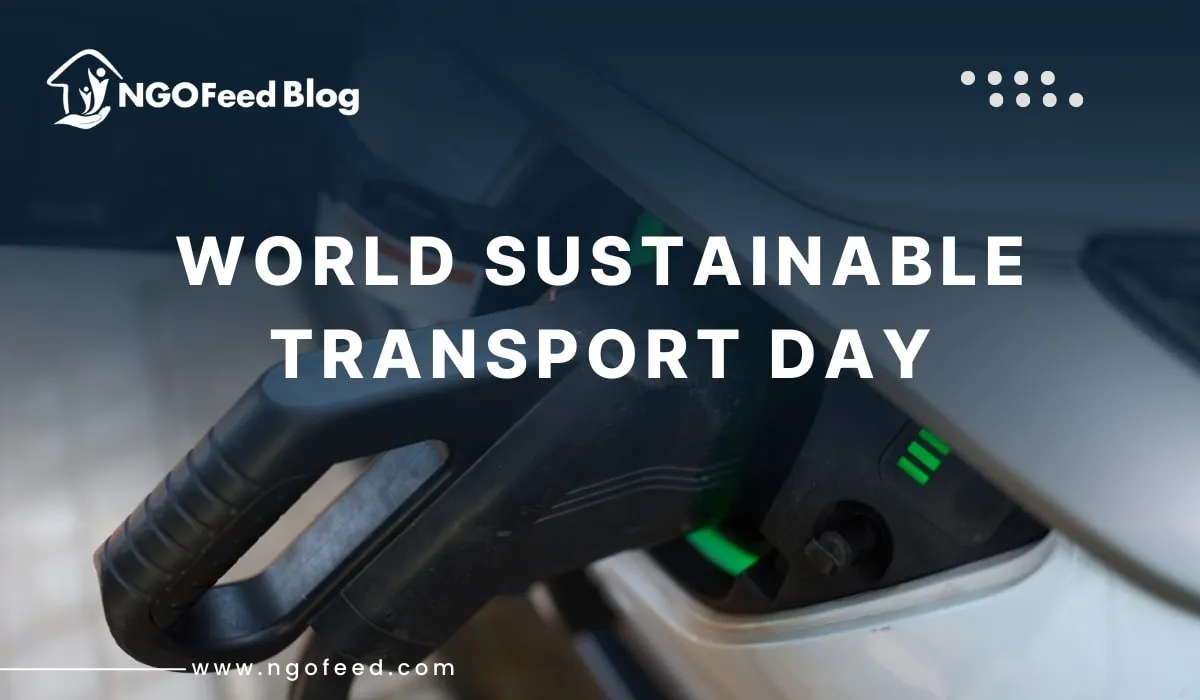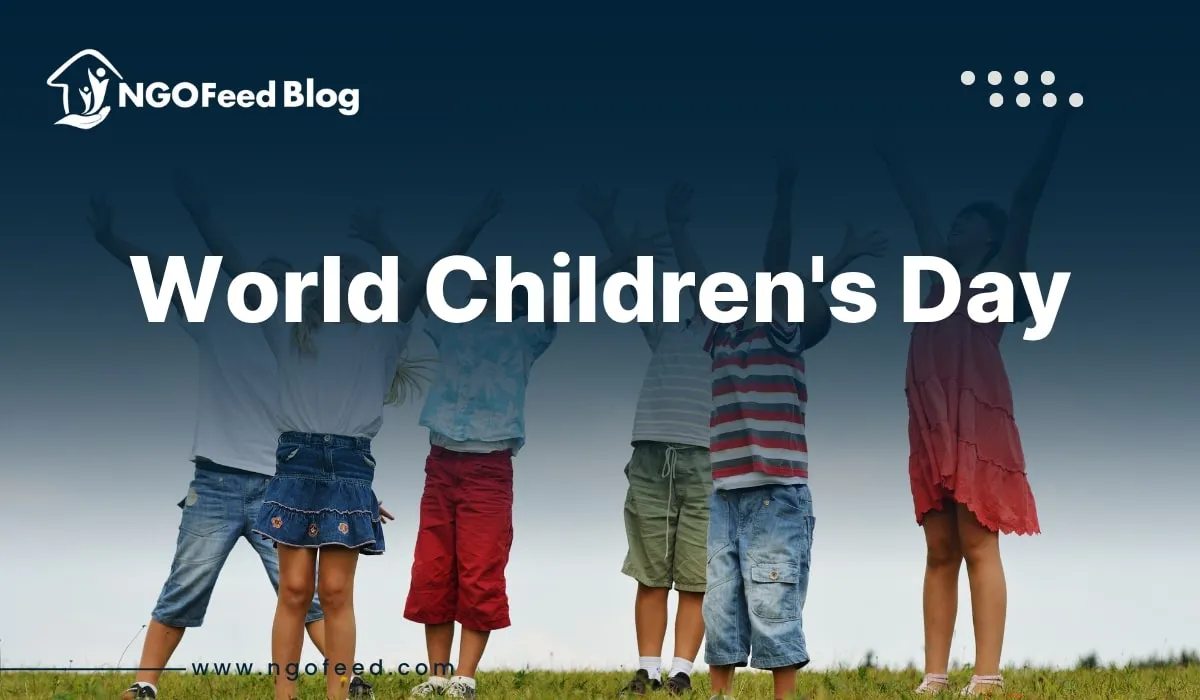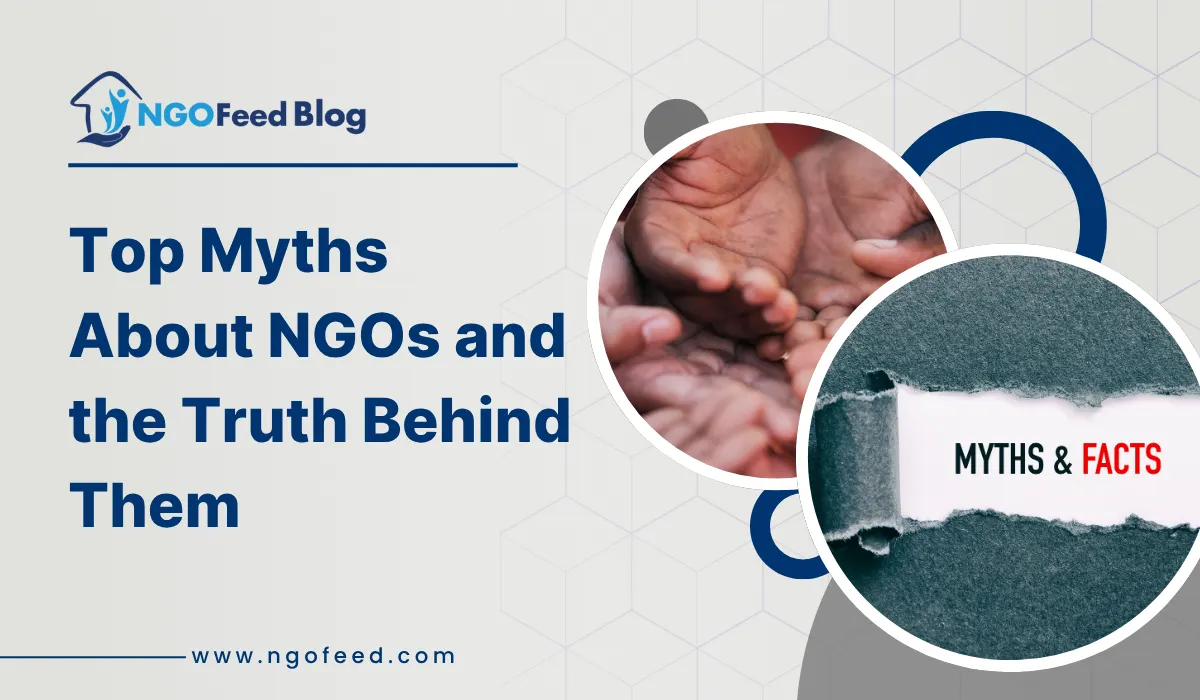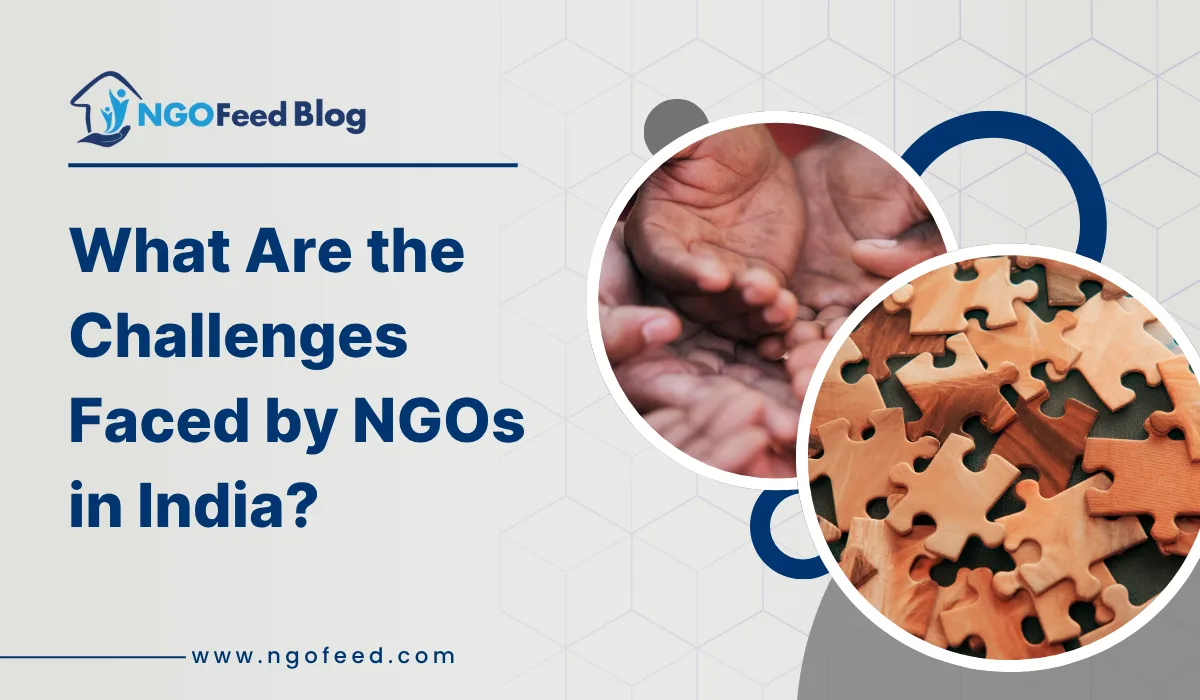Every year on 25 November, the world marks the International Day for the Elimination of Violence against Women (IDEVAW). This day serves as a global reminder that violence against women and girls remains one of the most pervasive human rights violations yet too often stays silent, hidden and unreported. Established to raise awareness, mobilize action and demand change, the day calls on governments, civil society and communities to step up.
In a culture where one should show gratitude to the women we are still fighting against violence however not all acts of violence end with misery instead, they mark history by overcoming the violence happening against them. .
Table of Contents
Understanding what Violence against women?
Violence not only means any physical harm but it also means violating someone’s physical, NGOs for mental health, or sexual boundaries. According to the United Nations violence against women is “any act of gender-based violence that results in, or is likely to result in, physical, sexual, or psychological harm or suffering to women, including threats of such acts, coercion, or arbitrary deprivation of liberty, whether occurring in public or in private life.”
This violence can take place in various forms knowingly or unknowingly. Below are some of the forms mentioned that any woman should not neglect as patriarchal norms and deep-rooted stereotypes have made this violence common.
- Physical violence: Domestic abuse, assault, or even murder.
- Sexual violence: Rape, sexual harassment, and trafficking for sexual exploitation.
- Psychological violence: Emotional abuse, gaslighting, or controlling behaviour.
- Economic violence: Denial of financial independence, unequal pay, or exploitation in the workplace.
What is it?
The International Day for the Elimination of Violence against Women is a United Nations-declared observance (since 1999) that recognizes violence against women as a global crisis. (United Nations)
It accepts that violence against women physical, sexual, psychological or economic, is rooted in gender inequality, power imbalances and harmful social norms. This day is the launch point of the yearly “16 Days of Activism” campaign (from 25 Nov to 10 Dec) aimed at ending gender-based violence worldwide.
In essence, the day says, violence is unacceptable, survivors matter, prevention is possible and accountability is essential.
History Behind the Day
The date 25 November was chosen in honour of the Mirabal sisters, three sisters from the Dominican Republic who were assassinated on this date in 1960 by the Trujillo dictatorship for their opposition to the regime. Since the earliest days of women’s rights movements, activists in Latin America marked the date. The UN formally adopted the day in 1999 (Resolution 54/134). Over time, the day evolved beyond awareness, into activism, policy demands and community mobilization across continents.
The root causes of the violence
The root causes of the violence are bound with societal and patriarchal norms along with gender stereotypes and systematic inequalities. The very core problem is gender inequality in our patriarchal society. Male dominance has always been a setback to women’s growth. Practices like dowry, and child marriage have normalized violence in many regions. Economic dependence not only makes women vulnerable but also more prone to accept violence. Limited education hinders her way to empowerment leading to generational trauma. Weak legal protections that enforce survivors without justice create a cycle of abuse. Addressing the root causes requires education, change, economic empowerment, and active community involvement to end the structure of violence.
International Day for the Elimination of Violence against Women 2025 Theme
Each year, the global campaign selects a theme to sharpen focus and galvanize action. For example, recent themes have included “Orange the World”, “Generation Equality Stands Against Rape”, and “#NoExcuse, UNiTE to End Violence Against Women & Girls”.
For 2025, the theme is expected to emphasize digital safety, intersectional prevention and community accountability (watch for official UN Women announcements).
Statistics on Violence Against Women
The stark reality of violence against women is underscored by global statistics:
- According to UN Women, 1 in 3 women worldwide experiences physical or sexual violence in their lifetime.
- 137 women are killed daily by a member of their family, a grim reminder of the threat women face even within their own homes.
- During the COVID-19 pandemic, domestic violence cases surged, revealing the “shadow pandemic” of abuse occurring behind closed doors.
- These statistics not only represent some numbers but also highlight the real lives that are affected due to the violence murdering dreams and the future of well-being.
Objectives and Goals
The core objectives of this observance include:
- Prevention: Reduce incidence of violence against women and girls through education, legal reform and social change.
- Protection: Strengthen systems to protect survivor’s shelters, hotlines, medical care and legal support.
- Justice and Accountability: Demand that perpetrators are held responsible, systems are reformed and survivor’s rights restored.
- Awareness & Advocacy: Illuminate hidden forms of violence, mobilize public opinion, change attitudes and cultural norms.
- Global Collaboration: Encourage governments, NGOs in India, private sector and communities to work collectively toward eliminating gender-based violence.
Why It’s Important?
Violence against women is deeply entrenched, yet frequently underestimated. Consider:
- Globally, one in three women experiences physical or sexual violence in her lifetime.
- Many forms of violence domestic abuse, human trafficking, female genital mutilation, online harassment are under-reported, misrecognized or normalized.
- Gender-based violence undermines public health, stunts education and economic participation and perpetuates inequality.
- The world cannot achieve the SDGs without ending violence against women with targets like SDG 5 (Gender Equality) and SDG 16.2 (End abuse and exploitation of children) directly relevant.
How Violence against Women Can Be Eliminated
Violence against women can be eliminated by practising significant things that address its root causes.
To eliminate Violence against women, we can follow some key strategies mentioned below:
- Educating communities about gender equality, rights of women, and violence terms.
- Introducing rights of women and gender-sensitive topics in the school curriculum.
- Awareness campaigns should be held from time to time along with conducting workshops for men, women, and all age groups to build an understanding of healthy relationships.
- In the era of technology, you can use social media platforms actively to speak against violence. Social media campaigns like #metoo, and #EndViolence have gained attention online.
- Robust laws against violence should be enacted and enforced effectively along with policies that support women and give courage to speak against violence.
- A woman’s financial stability reduces the chances of violence against her. Providing job opportunities, and equal pay can help her become financially self-reliant.
- We can create safe spaces to protect women against violence and provide safety to the survivors.
- Grassroots initiatives should be taken to support local organizations to empower women and raise awareness.
- Involving men to support the campaigns and the cause equally.
- Involving technology to ace the issue can play a major role. Leveraging digital platforms to create awareness.
How violence not only affects women but also society
Violence against women not only affects the women involved but is also reflected in society. While the violence happens the victim goes through chronic health issues physically and mentally. Not recovering from the trauma leads to depression, anxiety, and PTSD. Many people face generational trauma because of some violence that happened to them or their surroundings. Women unable to work due to violence limits the women’s ability to contribute is stalling progress towards gender inequality, perpetuating cycles of poverty.
How to Participate?
Celebration is better framed as meaningful engagement. NGOs, communities and individuals can take action in several ways:
- Educational Workshops & Seminars: Host interactive sessions in schools, colleges and community centers to inform about what constitutes violence, how to support survivors, and how to promote healthy relationships.
- Digital Campaigns & Social Media Drives: Use hashtags like #NoExcuse, #EndViolenceAgainstWomen, #25Nov and share survivor stories, statistics, video messages, infographics and calls to action.
- Public Events & Marches: Hold peaceful marches, candle-light vigils, poster exhibitions and performative activism to bring visibility to the issue in public spaces.
- Collaborative Partnerships: Work with police, legal services, health providers, child-protection agencies and other NGOs to deliver integrated services and raise awareness across sectors.
- Policy Advocacy: Organize roundtables with decision-makers to push for stronger laws, better budgets, enforceable protections and improved data-collection on gender-based violence.
- Corporate Engagement & Workplace Action: Encourage companies to run internal training on gender-based violence, create safe workplace policies, provide support for survivors and signal zero tolerance.
- Survivor-Centered Healing & Support: Provide platforms for survivors to speak (if they choose), involve them in peer support groups, mental-health services, legal aid and transition programmes.
In your coverage on NGOFeed, link to “Role of NGOs in Gender Equality”, “Digital Safety for Girls” and “Child Protection & Violence Prevention” for deeper reading.
Role of NGOs in the International Day for the Elimination of Violence Against Women
NGOs play a pivotal role in the fight against violations against women and girls by volunteering to raise awareness and advocacy. NGOs thoroughly contribute to survival support and empowering victims to stand against violence. NGOs often collaborate with governments, corporations, and international organizations. NGOs like Breakthrough in India focus on challenging cultural norms that perpetuate violence against women through their community programs and media campaigns.
NGOs are critical agents in the fight against violence toward women:
- Engage men and boys as allies, challenge patriarchal attitudes and promote respectful relationships.
- Deliver grassroots education, safe-space programmes and community outreach.
- Operate shelters, helplines, legal aid and counselling services.
- Conduct research, data-collection and monitoring of violence trends.
- Advocate for policy change, budgetary allocation and justice reforms.
Stories of survival
Amidst high statistics numbers, some survivors have come out of it and turned into active advocates for the issue. The stories of survivors should be collected to inspire countless women facing violence. The women have come forward against violence, creating stories of resilience that can empower women to rebuild lives. Women for Women organization, led by survivors has made significant strides in women’s lives.
Challenges Faced by NGOs
At the same time, NGOs confront several obstacles:
- Resource constraints: Funding is often short-term, minimal and project-based.
- Access issues: Reaching survivors in rural, remote or marginalized communities is difficult.
- Stigma & silencing: Shame, fear and cultural taboos often keep survivors silent.
- Coordination deficits: Fragmented services mean survivors sometimes fall between systems.
- Digital threats: Online abuse, deep-fake pornography and sextortion require digital expertise and resources.
Men’s Role Against Violence
Ending violence is not solely a women’s issue, men in the society also need to come forward to raise voices against it. If we start educating boys early on, we can see a significant reduction in the issue. Encouraging men to vouch for gender equality by challenging toxic masculinity can dismantle the patriarchal structure of society which is one of the major causes of violence against women. Programs like HeForShe have proven that Men and women coming together has been a great initiative against the issue.
How can you contribute?
Fighting against violence is not a person’s responsibility everyone needs to put in efforts collectively. Everyone can contribute to this by doing simple things like educating themself or supporting the survivors. To spread awareness about the issue we must learn about the violence against women and how we can control it. You can conduct small workshops, and discussions and build communities.
If we want to make change we need to start from ourselves by challenging the gender norms. Speak out against sexist jokes, stereotypes, and behaviours. Promote equitable practices in your personal and professional life. You can actively donate to the NGOs working for the aid of survival. Or just become a volunteer in any social event or local organization. These steps look basic but hold a significant value that can contribute to society.
Additional Insights – Current Trends
- Digital gender-based violence (GBV) is rising: online harassment, cyber-femicide and stalking via technology deserve equal attention in IDEVAW campaigns.
- Men and boys as allies: Engaging male stakeholders is becoming more central to prevention efforts, since shifts in male attitudes reduce violence holistically.
- Intersectional focus: Violence against women occurs at intersections of race, caste, color, sexuality and disability prevention programmes are increasingly nuanced.
- Survivor-led activism: Survivors are not just recipients but leaders driving policy changes, shaping programmes and offering peer support.
- Whole-of-society approach: Prevention must go beyond NGOs and ministries into schools, workplaces, religious institutions, media, tech platforms and households.
Conclusion
The International Day for the Elimination of Violence against Women is a powerful reminder, violence is preventable and change is possible. On 25 November 2025, the global community comes together to say: “No more silence. No more excuses. No more violence.”
For NGOs and platforms like NGOFeed, this day is a rallying point an opportunity to amplify messages, mobilize action, support survivors and push for deeper structural change.
When we turn awareness into sustained action, we build safer, equal and empowered communities.
Let’s mark this 25 November with commitment, collaboration and uncompromising determination.
Frequently Asked Questions (FAQs)
Q1. Why is 25 November observed as the International Day for the Elimination of Violence against Women?
Because it honours the Mirabal sisters, Dominican political activists murdered on 25 November 1960 and was adopted by the UN in 1999 to call attention to violence against women globally.
Q2. What theme should NGOs focus on for this day?
Themes vary each year, recent ones emphasize digital safety, gender equality, intersectional activism and prevention. NGOs should align with the official theme for the year and integrate it into their campaign strategy.
Q3. How can individuals contribute to ending violence against women?
By participating in awareness events, supporting local NGOs, speaking out, challenging harmful norms, offering help to survivors and promoting gender-equitable behavior at home and in the community.
Q4. How does this observance link to broader global goals?
The day ties directly to the UN Sustainable Development Goals especially SDG 5 (Gender Equality) and SDG 16 (Peace, Justice and Strong Institutions). Ending violence against women is essential to achieving these targets.

